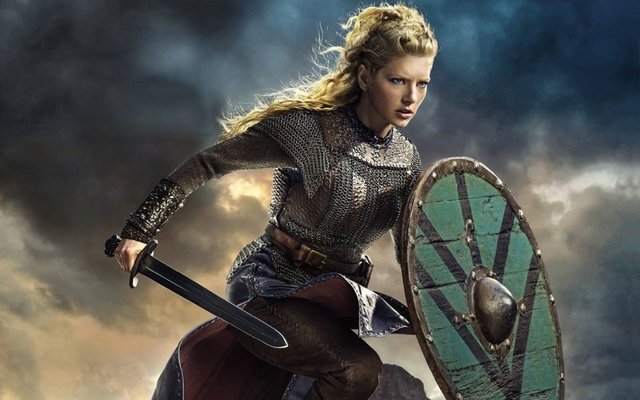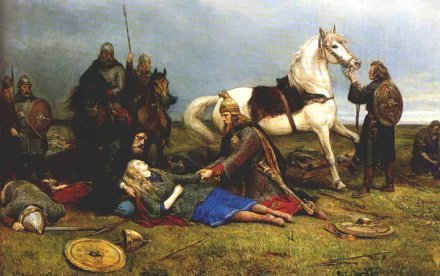Viking Ladies on the Battlefield: The Story of Shieldmaiden Lagartha
The word 'Viking' originates from the ancient Norse term 'Vikinger'. The word 'Vikinger' means pirate. Viking refers to Scandinavian men who traveled and traded in Europe, the Mediterranean, Russia, and North America.
In short, the three main countries in the Scandinavian region are Sweden, Denmark and Norway. However, many include the Netherlands, the Faroe Islands, Finland and Iceland in the Scandinavian country of Qatar.
Let's get to the basics. Technically women did not have the right to be ‘Viking’. According to Judith Jesch, author of the 1991 book Woman in the Viking Age, Vikings meant only men. Scandinavian men sailed in long boats to Britain, Europe, Russia, North America, and the islands of the North Atlantic. The time was 800-1000 AD.
Vikings around the world are notorious for their belligerent attitude and brutality in face-to-face combat. But let's not forget that they were also successful businessmen. Vikings around the world have discovered trade routes, established settlements, established various cities (for example, Dublin). Not only that, wherever their ships have reached, they have had a profound effect on the language and culture.
*The role of women in the society of that time
Even a few days ago, historians thought that only Norse men crossed the sea in groups. But a recent study says otherwise. In 2014, researchers said they found evidence through mitochondrial DNA analysis that Norse women also joined the voyage in parallel. On the eve of the Viking era, they campaigned side by side with men in England, Shetland and the Arkansas Islands and Iceland.Not only that, women have played a very important role in settling abroad. In uninhabited places like Iceland, Norse women have contributed to population growth and development.
Like other civilizations, Viking society was male-dominated. They hunted, fought, traded and farmed, while women were busy cooking, managing the house and raising children. However, Scandinavian women in the Viking era retained some independence.They could own property, divorce if necessary, and collect arrears of dowry. Usually girls were married between the ages of 12-15. During the marriage, family proposals were sent, and there was an opportunity for the girls to express their likes and dislikes.
The wives were really careful about the householder, even though they were having an affair outside. Norse women would not hesitate to take on the responsibility of running the house if they were absent from hunting or raids or if their husbands died prematurely. They were also good at running a firm or a business. In the Viking era, many Scandinavian women were buried with keys. They were honored in this way even after their death as housewives.Some, however, were transformed from housewives to rulers. However, it is a couple of hands. Archaeologists have unearthed a huge tomb in Scandinavia. The tomb was that of Queen Osberg. Osberg is a kind of Viking ship. After his death in 634 AD, he was buried in a huge Osborg with valuables.
Oud the Deep-minded married Olaf the White in Dublin, the daughter of a Norwegian chieftain, in the late ninth century. After the death of her husband, Olaf, and her only son, Thorstein, Oud packed her belongings and sailed for Iceland with her grandchildren. He later became a very influential figure during the colonization of Iceland.

